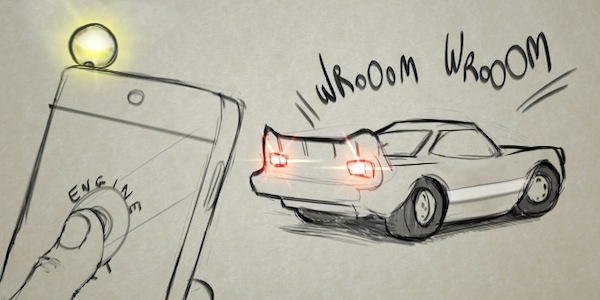From Sound to Sight: Using Audio Processing to enable Visible Light Communication
Mobile phones can use their cameras and flashlight Light Emitting Diodes (LEDs) to exchange messages with low complex Visible Light Communication (VLC) networks, but these interfaces impose serious restrictions when used in a VLC network. In this paper we discuss how to extend mobile phones or tablets with a small peripheral device that is battery-free, uses only passive components, and offers VLC capabilities at the required data rate (kilobit per second).
December 8, 2014
Workshop on Optical Wireless Communications 2014
Authors
Stefan Schmid (Disney Research/ETH Joint PhD)
Daniel Schwyn (Disney Research/ETH Joint B.Sc.)
Kaan Aksit (Disney Research)
Giorgio Corbellini (Disney Research)
Thomas Gross (ETH Zurich)
Stefan Mangold (Disney Research)
From Sound to Sight: Using Audio Processing to enable Visible Light Communication
This device plugs into the audio jack; on-board audio signal processing generates the outgoing light signals as well as decodes the incoming light signals. The device is powered from the phone’s audio jack output signal, no additional battery is required. The audio signals directly modulate light emissions of an LED. Incoming light is detected by a photodiode and the generated electrical signals are fed into the microphone input. This simple device enables use of existing communication protocols and therefore makes it possible to integrate mobile phones or tablets into existing VLC LED-to- LED networks.

